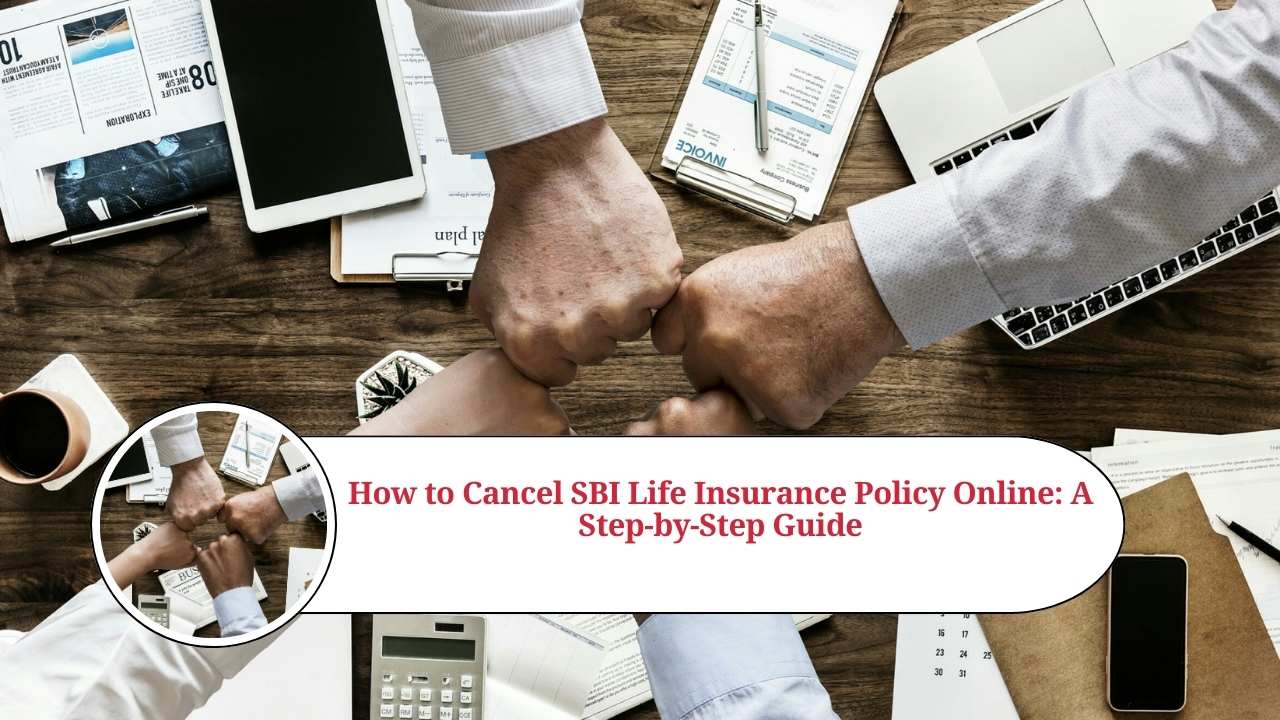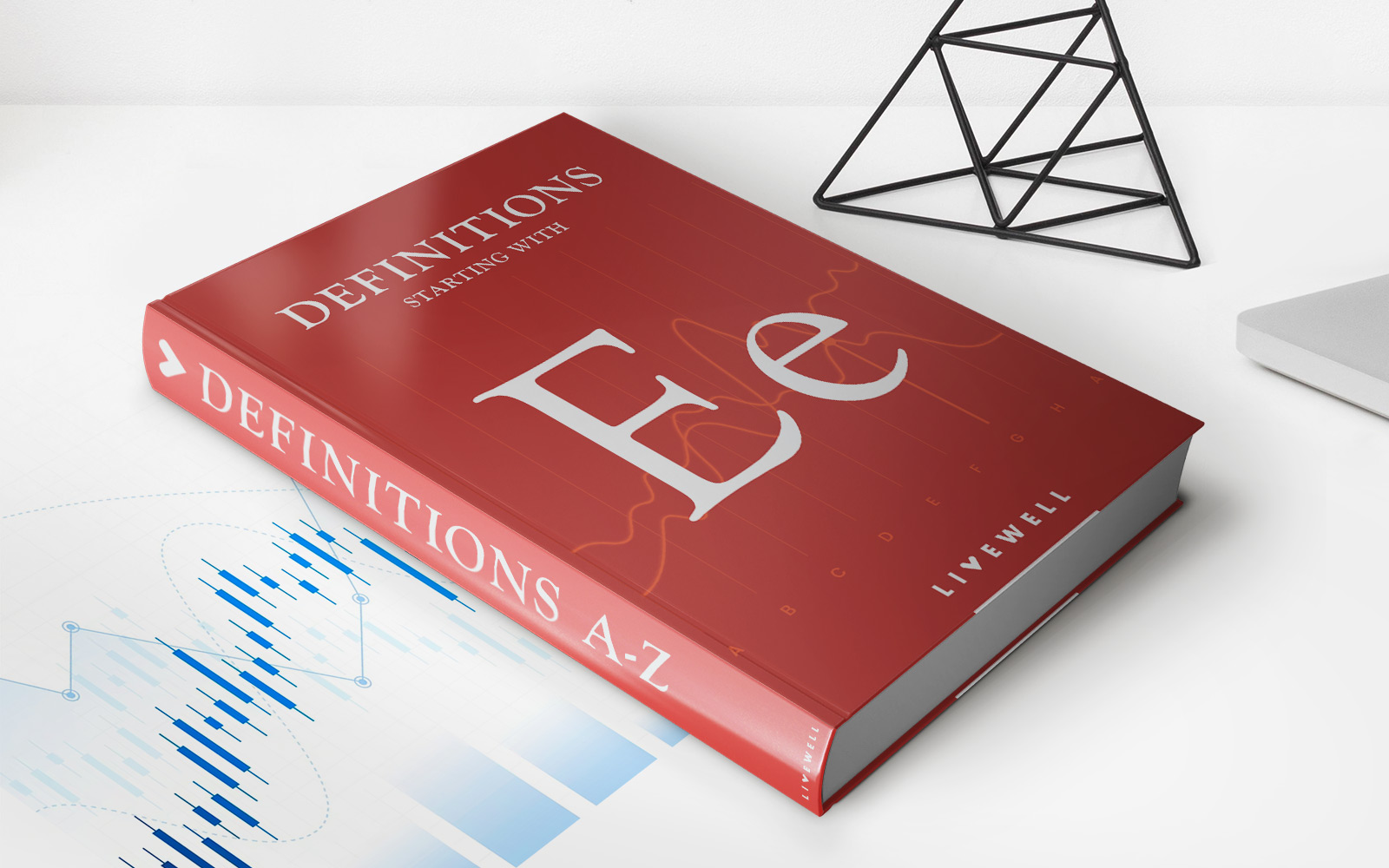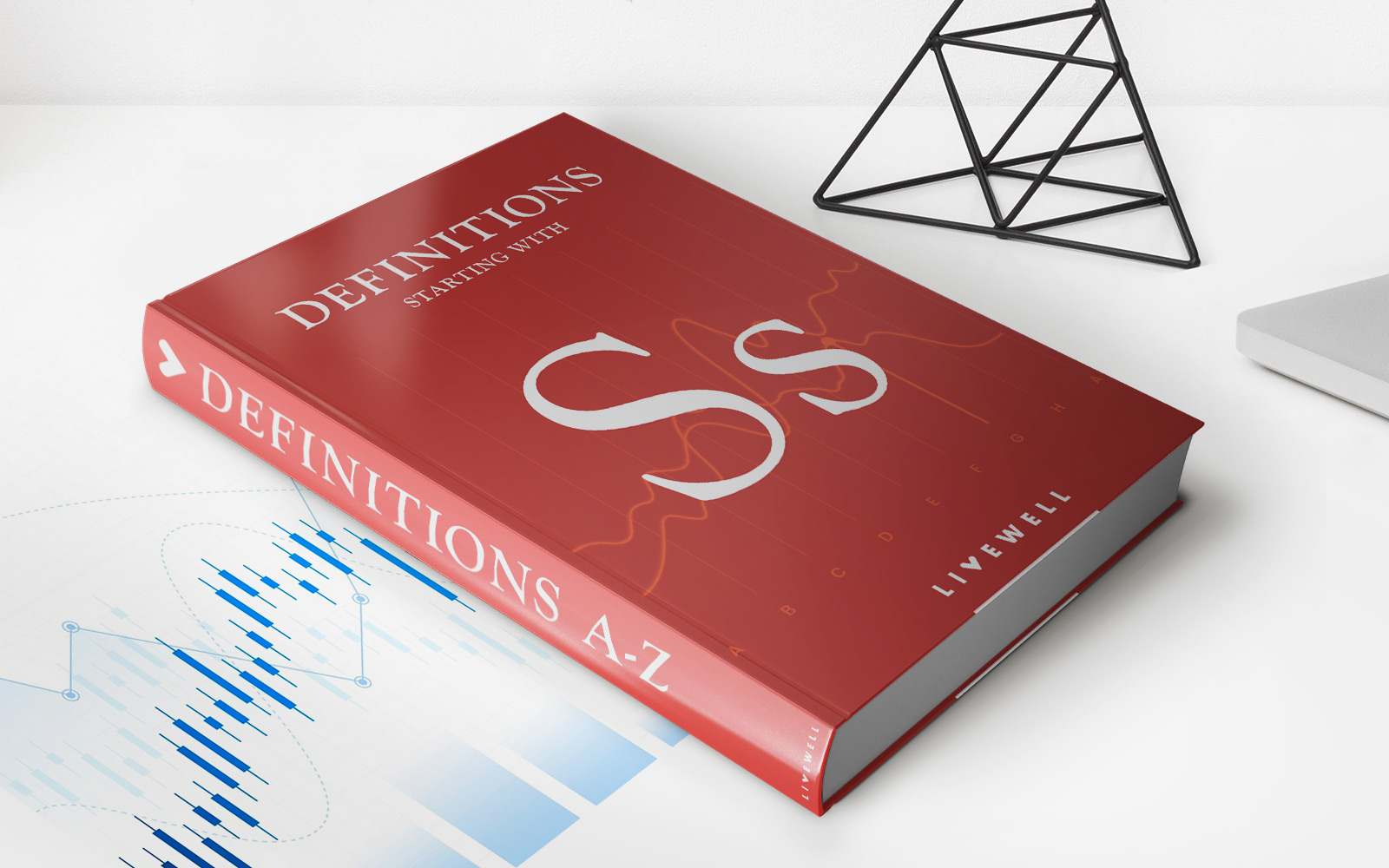Home>Finance>How Do I Borrow Against My Life Insurance Policy


Finance
How Do I Borrow Against My Life Insurance Policy
Modified: February 21, 2024
Need financial assistance? Learn how to borrow against your life insurance policy and get the funds you need with our comprehensive guide on finance.
(Many of the links in this article redirect to a specific reviewed product. Your purchase of these products through affiliate links helps to generate commission for LiveWell, at no extra cost. Learn more)
Table of Contents
Introduction
Life insurance is often considered a valuable financial tool that provides protection and security for your loved ones in the event of your untimely demise. However, did you know that in addition to the death benefit it offers, a life insurance policy can also serve as a source of funds during your lifetime?
One way to access the cash value of your life insurance policy is through a policy loan. By taking out a loan against your policy, you can tap into the accumulated cash value to meet various financial needs, such as paying for medical expenses, funding education, or covering unexpected emergencies.
In this article, we will explore the concept of borrowing against a life insurance policy, the eligibility requirements and restrictions involved, the borrowing process, loan repayment options, the impact on the death benefit, tax implications, and alternative options for borrowing.
Understanding how to borrow against your life insurance policy can provide you with a practical and flexible financing option that suits your unique financial circumstances.
Understanding Life Insurance Policy Loans
A life insurance policy loan is a borrowing option that allows policyholders to access the cash value that has accumulated within their policy. Unlike traditional loans, policy loans do not require a credit check or collateral, as the policy itself serves as security. The amount you can borrow is typically limited to a percentage of the cash value of the policy.
It’s important to note that policy loans are not considered taxable income, as they are treated as an advance on the death benefit. However, if the policy lapses or is surrendered, the outstanding loan balance may be subject to taxes.
One key advantage of borrowing against a life insurance policy is that the process is typically quick and straightforward. There is no need to provide extensive documentation or undergo a lengthy approval process. The loan is usually approved based on the policy’s cash value and the policyholder’s ability to repay the loan.
Additionally, policy loans often have lower interest rates compared to conventional loans. The interest charged on the loan is typically tied to the policy’s cash value, with the insurance company using the accumulated funds to generate returns. This can make policy loans a cost-effective borrowing option for policyholders.
Keep in mind that when you borrow against your life insurance policy, the amount borrowed, along with any accrued interest, reduces the cash value and death benefit of the policy. If the loan is not repaid, it can affect the amount your beneficiaries receive upon your passing.
It’s crucial to carefully consider the impact of borrowing on the financial security of your loved ones and whether alternate financing options may be more suitable for your specific needs.
Eligibility and Restrictions
While borrowing against a life insurance policy offers a convenient source of funds, there are certain eligibility criteria and restrictions you should be aware of. The specific requirements may vary based on the insurance company and the type of policy you hold.
Generally, policyholders must have a permanent life insurance policy with a cash value component in order to be eligible for a policy loan. This includes whole life, universal life, and variable life insurance policies. Term life insurance policies, which do not accumulate cash value, do not offer loan options.
Insurance companies typically impose a waiting period before policyholders can take out a loan. This waiting period ensures that the cash value has had sufficient time to grow. The waiting period is usually a few years, but it can vary depending on the policy terms.
The maximum loan amount available is usually a percentage of the policy’s cash value. This percentage can range from 70% to 90%, depending on the insurance company and policyholder’s age. It’s important to note that the loan amount cannot exceed the cash value of the policy.
Insurance companies may also set minimum loan amounts, usually around $500 or $1,000, to ensure that the administrative costs associated with processing the loan are covered.
When taking out a policy loan, it’s crucial to understand the repayment terms. Insurance companies typically require regular interest payments on the loan. If these interest payments are not made, they may be added to the loan principal, resulting in compounding interest. It’s important to stay up-to-date with your loan payments to prevent the loan balance from growing over time.
Additionally, there may be restrictions on how frequently loans can be taken out or limits on the total amount of loans that can be outstanding at any given time. These restrictions vary by insurance company, so it’s important to review your policy documents or consult with your insurance agent to understand the specific terms and conditions.
By understanding the eligibility criteria and restrictions associated with policy loans, you can make informed decisions about whether borrowing against your life insurance policy is suitable for your financial needs.
Borrowing Process
The process of borrowing against a life insurance policy is typically straightforward and can vary slightly depending on the insurance company. Here is a general outline of the borrowing process:
- Contact your insurance company: Begin by reaching out to your insurance company or agent to inquire about the policy loan options available to you. They will provide you with the necessary information and guide you through the process.
- Check loan availability: Ensure that your policy has accumulated sufficient cash value and that you meet the eligibility criteria for borrowing. Your insurance company will inform you of the maximum loan amount you can access.
- Complete the loan application: Fill out the necessary loan application forms provided by the insurance company. The application may require details about the loan amount, purpose, and desired repayment schedule.
- Submit any required documentation: Depending on the insurance company’s requirements, you may need to provide identification documents, proof of policy ownership, and other supporting documentation.
- Review and sign the loan agreement: Carefully review the loan agreement provided by the insurance company. This document outlines the terms and conditions of the loan, including the interest rate, repayment schedule, and any applicable fees.
- Receive the loan funds: Once your loan application is approved and the loan agreement is signed, the insurance company will disburse the loan amount to you. This can be in the form of a check, direct deposit, or transferred to your bank account.
- Start loan repayment: Begin making regular interest payments on the loan as scheduled in the loan agreement. These payments can typically be made monthly, quarterly, or annually.
- Monitor the loan balance: Keep track of your loan balance and ensure that you are meeting the repayment obligations. If needed, consult with your insurance company or agent for any inquiries or adjustments to the loan terms.
Remember, it is essential to understand the specific borrowing process and requirements outlined by your insurance company. Asking questions, reading the loan agreement thoroughly, and seeking professional guidance if necessary, will help you navigate the borrowing process smoothly.
Loan Repayment Options
Repaying a loan against your life insurance policy is an important aspect to consider when borrowing funds. The repayment options may vary depending on your insurance company and the terms of your policy. Here are some common repayment options:
- Regular interest payments: The most common repayment method for policy loans is making regular interest payments on the loan. This helps to prevent the loan balance from growing over time. The interest rate is typically determined by the insurance company and is charged on the outstanding loan balance.
- Partial repayment: If you have the financial means, you may choose to make partial payments towards the loan principal in addition to the regular interest payments. By gradually reducing the loan balance, you can minimize the long-term impact on your policy’s cash value and death benefit.
- Single lump-sum repayment: In some cases, policyholders have the option to repay the entire loan balance in a single lump-sum payment. This can be beneficial if you come into a sudden windfall or have access to sufficient funds to pay off the loan. By repaying the loan in full, you can eliminate the ongoing interest payments and restore the policy’s cash value.
- Loan offset: Some insurance companies may offer a loan offset feature that allows policyholders to use the policy’s cash value to offset the loan balance. This essentially reduces the outstanding loan amount by the available cash value, which can be an effective way to manage the loan without making additional payments.
- Automatic premium loan: In the event that a policyholder fails to make the required premium payments, the insurance company may automatically use the policy’s cash value to cover the premiums. This feature, known as an automatic premium loan, ensures that the policy remains in force while the outstanding loan balance continues to accrue interest. It’s important to note that this method of repayment can deplete the cash value and impact the policy’s long-term viability.
When considering loan repayment options, it’s important to assess your financial situation and choose the option that aligns with your short-term and long-term goals. Consider consulting with your insurance company or a financial advisor to determine the best approach based on your individual circumstances.
Impact on Death Benefit
One important consideration when borrowing against a life insurance policy is the potential impact on the policy’s death benefit. The death benefit is the amount that is paid out to beneficiaries upon the policyholder’s passing.
When you take out a loan against your life insurance policy, the loan amount, along with any accrued interest, is deducted from the policy’s cash value. This reduction in cash value can have an impact on the death benefit. The death benefit is typically the remaining cash value minus any outstanding loans or interest.
It’s crucial to understand that if the loan is not repaid during your lifetime, the outstanding loan balance plus any accrued interest will be subtracted from the death benefit. This means that your beneficiaries may receive a reduced payout upon your passing.
For example, if your policy has a death benefit of $100,000 and you have an outstanding loan balance of $10,000, your beneficiaries would receive $90,000 upon your death.
It’s essential to carefully manage your loan repayments to minimize the impact on the death benefit. Making regular interest payments or repaying the loan in full can help maintain the policy’s cash value and ensure that your beneficiaries receive the intended death benefit.
Additionally, it’s important to note that loans taken out against a life insurance policy are typically not considered taxable income. However, if the policy lapses or is surrendered with an outstanding loan balance, the amount owed may be subject to taxes.
Before deciding to take out a loan against your policy, consider the potential impact on the death benefit and discuss your options with your insurance company or financial advisor. They can help you assess whether borrowing against your life insurance policy aligns with your financial goals and the future needs of your beneficiaries.
Tax Implications
When it comes to borrowing against a life insurance policy, it’s essential to understand the potential tax implications. Here are some important points to consider:
Tax-Free Nature of Policy Loans: Policy loans are generally considered tax-free. Since the funds borrowed are considered an advance on the death benefit, they are not classified as taxable income. This means that you do not have to report the loan amount as taxable income on your annual tax return.
Interest Payments: The interest payments you make on a policy loan are not tax-deductible. This is because the loan is not considered a deductible expense like mortgage interest or student loan interest. Therefore, you cannot claim a tax deduction for the interest paid on the loan.
Policy Lapses or Surrenders: If you surrender or allow your life insurance policy to lapse with an outstanding loan balance, the amount owed may be subject to taxes. The outstanding loan balance is typically treated as taxable income in the year of surrender or lapse. It’s important to note that surrendering or lapsing your policy prematurely can have significant tax consequences, so it’s advisable to carefully consider your decision and consult with a tax professional.
Policy Estate Tax: The death benefit of a life insurance policy is generally income tax-free for your beneficiaries. However, depending on the size of your estate, it may be subject to estate taxes. If the total value of your estate, including the death benefit, exceeds the estate tax exemption threshold set by the government, your policy’s death benefit may be subject to estate taxes. Consulting with an estate planning professional can help ensure that your policy is structured in a way that minimizes estate tax implications.
It’s important to keep accurate records of your policy loan transactions and consult with a qualified tax professional to understand your specific tax obligations. They can provide personalized guidance and help ensure compliance with tax laws based on your individual circumstances.
Alternative Options for Borrowing
While borrowing against a life insurance policy can provide a convenient source of funds, it’s important to explore alternative borrowing options to determine what best suits your financial needs. Here are some alternative options to consider:
- Personal Loans: Personal loans from banks, credit unions, or online lenders are a common borrowing option. These loans typically have fixed interest rates and repayment terms. Unlike a policy loan, personal loans do not impact the cash value or death benefit of your life insurance policy.
- Home Equity Loans or Lines of Credit: If you own a home, you can consider using your home equity to secure a loan. Home equity loans or lines of credit allow you to borrow against the value of your home. These loans may have lower interest rates compared to other borrowing options, but they do put your home at risk if you are unable to repay the loan.
- Credit Cards: Credit cards can provide short-term financing for smaller expenses. However, credit card interest rates are generally higher compared to other borrowing options. It’s important to use credit cards responsibly and pay off the balance to avoid accruing significant interest charges.
- 401(k) Loans: If you have a 401(k) retirement account, you may be eligible to borrow against it. 401(k) loans allow you to borrow a portion of your retirement savings and repay it over time. However, it’s important to understand the potential impact on your retirement savings and any associated fees.
- Family or Friends: In some cases, borrowing from family or friends can be an option. This informal borrowing arrangement may provide more flexibility and lenient repayment terms. However, it’s crucial to maintain open communication and ensure clear repayment terms to avoid strain on personal relationships.
When exploring alternative borrowing options, consider factors such as interest rates, repayment terms, impact on your assets or retirement savings, and overall financial stability. It’s advisable to comparison shop, read the terms and conditions carefully, and consult with a financial advisor to determine the most suitable option for your specific needs.
By considering alternative borrowing options, you can make an informed decision and choose the option that aligns with your financial goals and circumstances.
Conclusion
Borrowing against a life insurance policy can provide a convenient and flexible source of funds to meet various financial needs. However, it’s important to understand the implications and considerations associated with policy loans.
Before deciding to borrow against your life insurance policy, carefully review the eligibility requirements, restrictions, and borrowing process outlined by your insurance company. Consider the potential impact on the policy’s cash value and death benefit, as well as the tax implications involved.
While policy loans can be a valuable option, it’s essential to explore alternative borrowing options as well. Personal loans, home equity loans, credit cards, and 401(k) loans are among the alternatives that may better suit your financial circumstances.
Remember to weigh the benefits and drawbacks of each option, taking into account factors like interest rates, repayment terms, and the impact on your financial stability. Consulting with a financial advisor or insurance professional can provide valuable guidance and ensure you make an informed decision.
Ultimately, the decision to borrow against a life insurance policy should align with your specific needs and long-term financial goals. Safeguard the financial well-being of your loved ones by carefully managing your loan repayments and considering the potential implications on your policy’s cash value and death benefit.
By understanding the borrowing process, evaluating the impact on your policy, and exploring alternative options when necessary, you can make the most informed choice to meet your financial needs while protecting the financial security of your loved ones.














